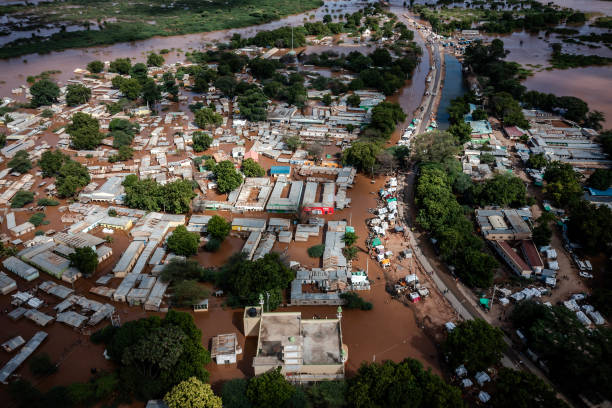Kenya’s Construction Sector in 2024: Growth, Sustainability, and Opportunities
Kenya’s construction industry is experiencing significant momentum, driven by economic recovery, urbanization, and government-backed initiatives. From major infrastructure projects to green building innovations, the sector is cementing its role as a key contributor to the nation’s economy and sustainable development goals.

The Role of Construction in Kenya’s Economy
In 2023, Kenya’s GDP grew by 14%, reaching $107.44 billion, with the construction sector contributing 6.6%. This growth is largely fueled by ambitious projects such as Konza Technology City, the LAPSSET Corridor, and Tatu City. These initiatives align with Kenya Vision 2030, the government’s blueprint to transform Kenya into a globally competitive, industrialized nation.

Major Events Shaping the Industry
One of the sector’s highlights this year was the Big 5 Construct Kenya 2024 Expo, held in Nairobi. Bringing together over 8,500 stakeholders and 150 exhibitors from 25 countries, the event showcased the latest construction trends and technologies. Themes like architecture, project management, and sustainability took center stage, underscoring the sector’s innovative and collaborative spirit.

Green Building and Sustainability Initiatives
Kenya is making strides in sustainable construction to meet its climate goals, particularly the 32% reduction in greenhouse gas emissions by 2030. Green building codes now encourage energy-efficient designs and eco-friendly materials like bamboo and recycled concrete. Additionally, retrofitting older buildings and integrating renewable energy systems, such as solar panels, are key priorities. These measures aim to reduce emissions while creating healthier, cost-efficient environment.

Challenges and Opportunities
Despite its growth, the construction industry faces challenges, including high costs of green technologies and slow adoption of sustainable practices. However, government incentives, such as tax rebates and green loans, are making these solutions more accessible. The sector is also seeing increased collaboration between local and international players, further boosting innovation and investments.

Future Outlook
Kenya’s construction sector is poised for continued growth. As infrastructure projects expand and sustainable practices become more integrated, the industry will play a crucial role in shaping the nation’s future. With the right policies and partnerships, Kenya can achieve its vision of becoming a resilient, green economy.

Conclusion
The construction sector in Kenya is not just building structures; it’s building the future. Through innovation, sustainability, and strategic collaboration, the industry is set to transform Kenya’s economic landscape while addressing environmental challenges. Whether you’re a local investor or an international stakeholder, now is the time to explore the vast opportunities in Kenya’s construction industry.
